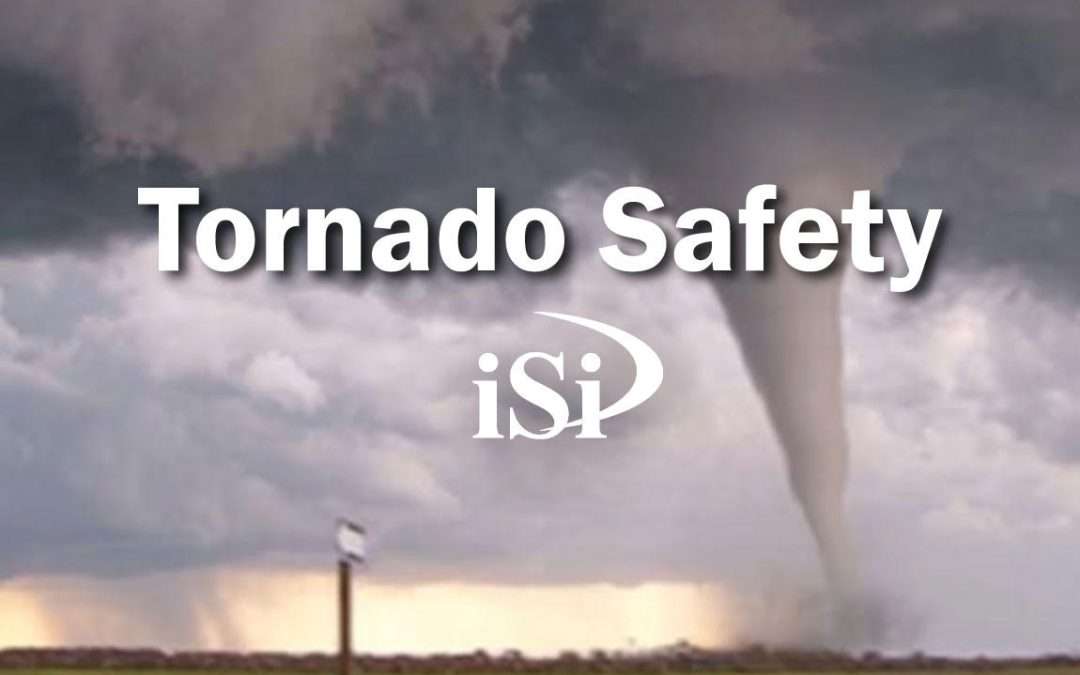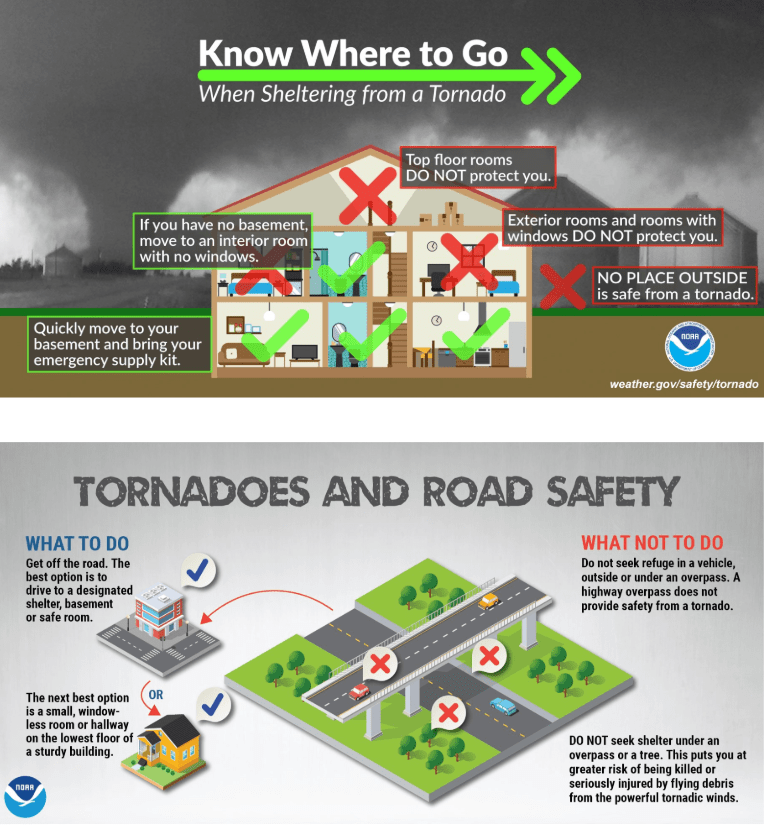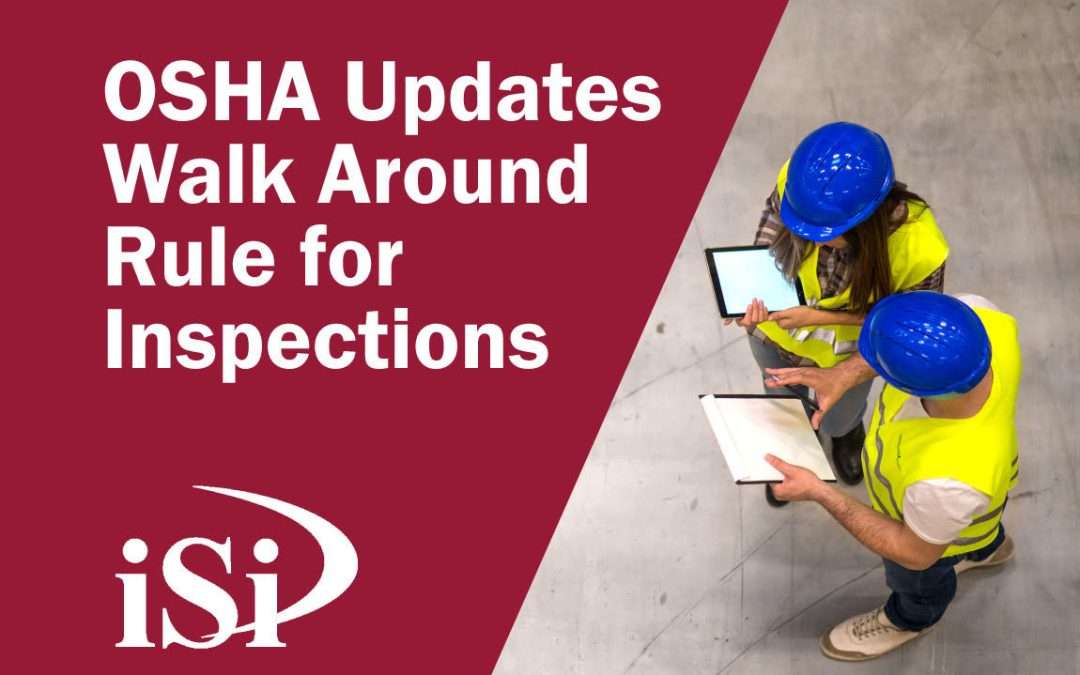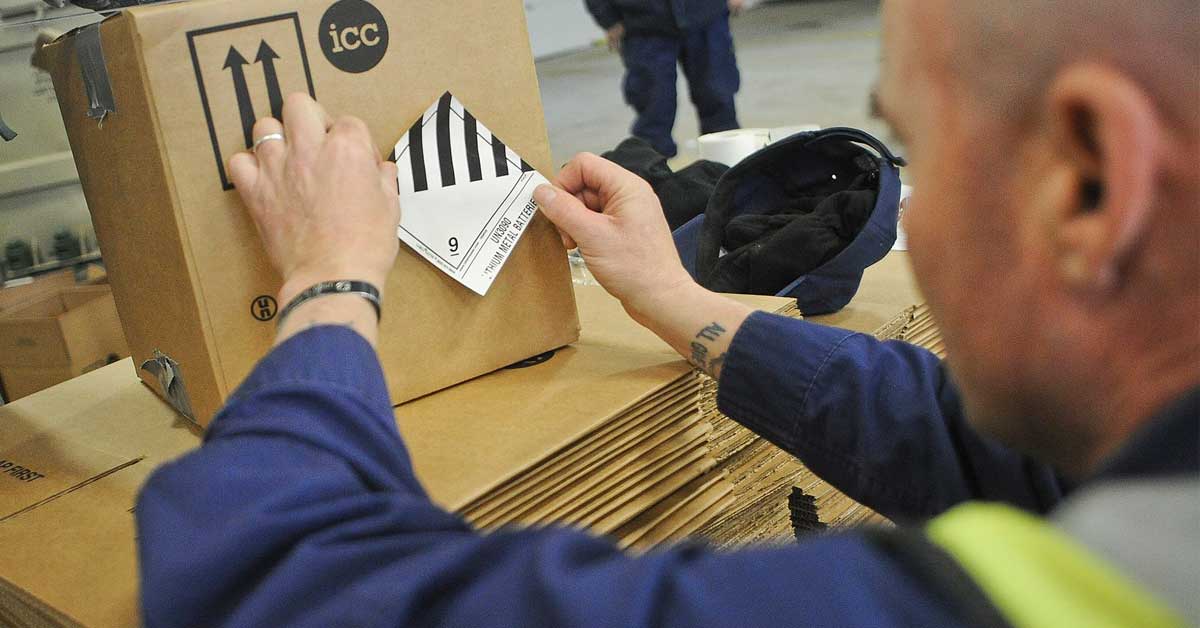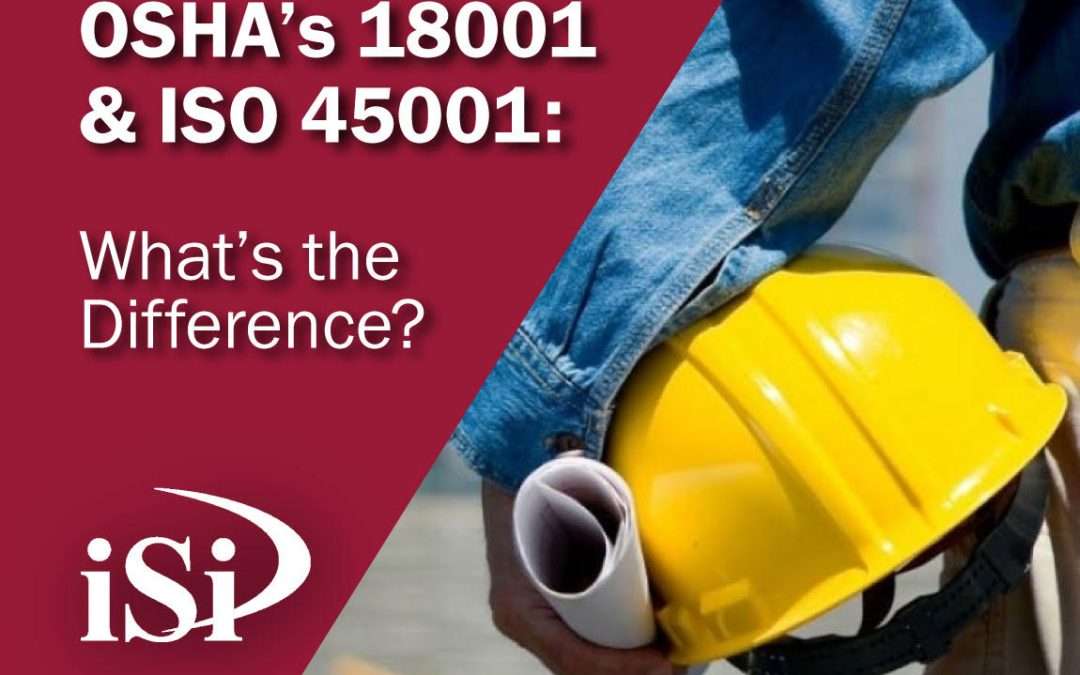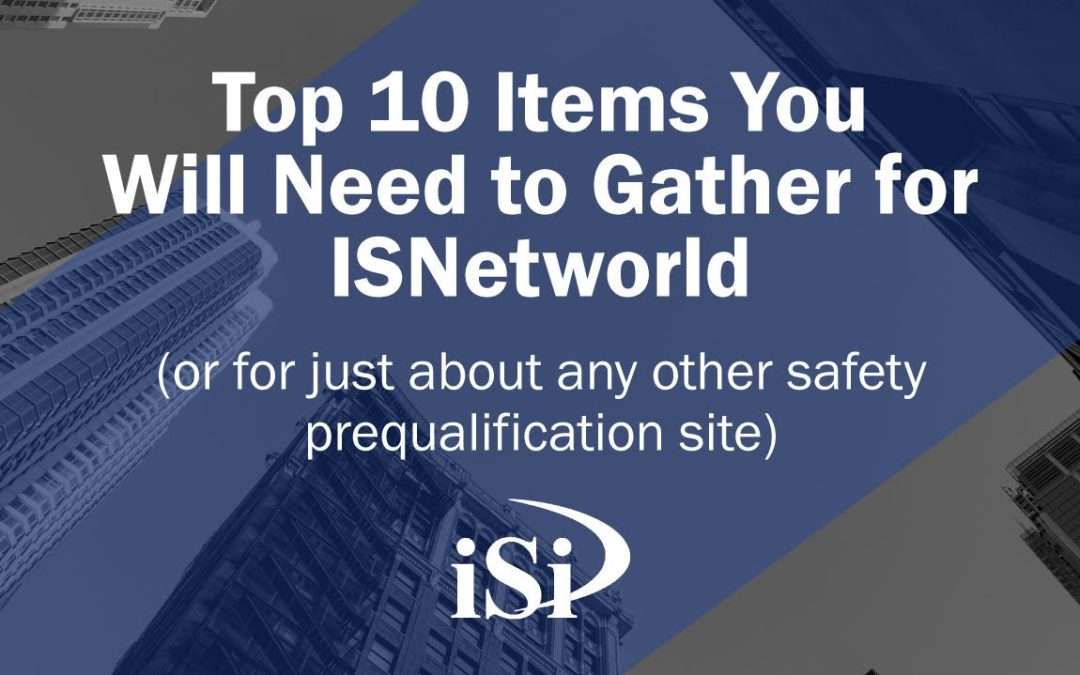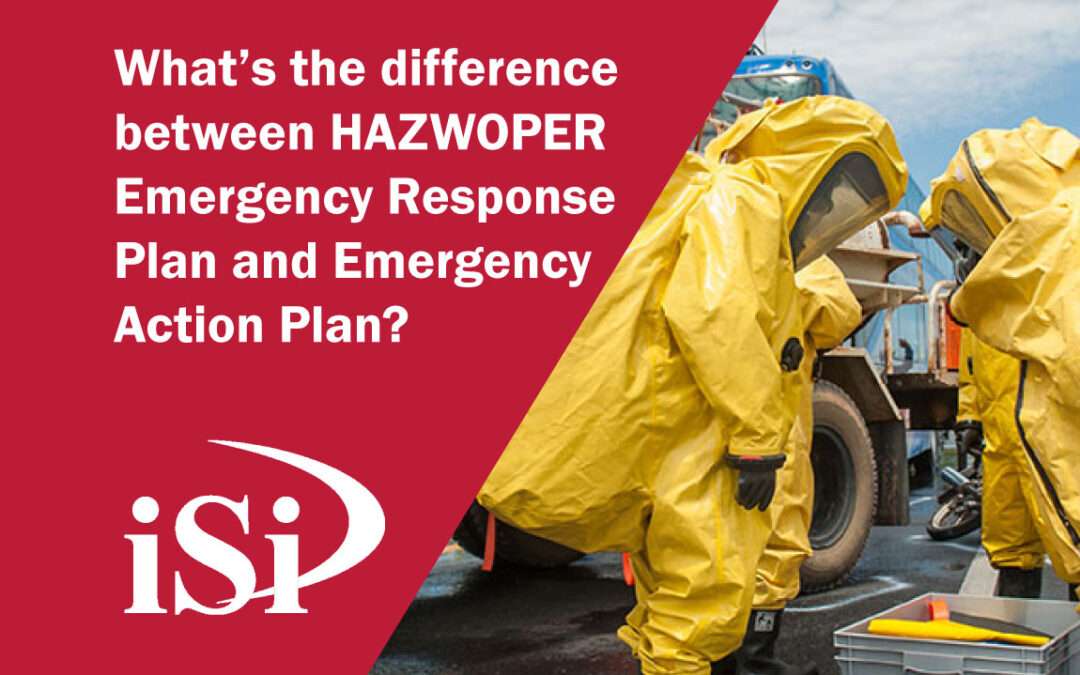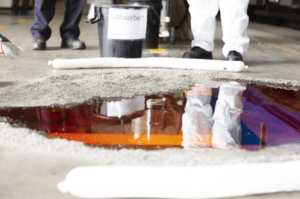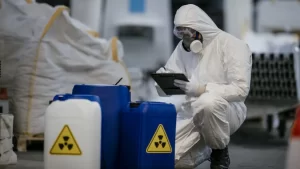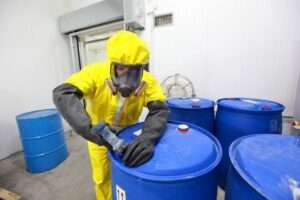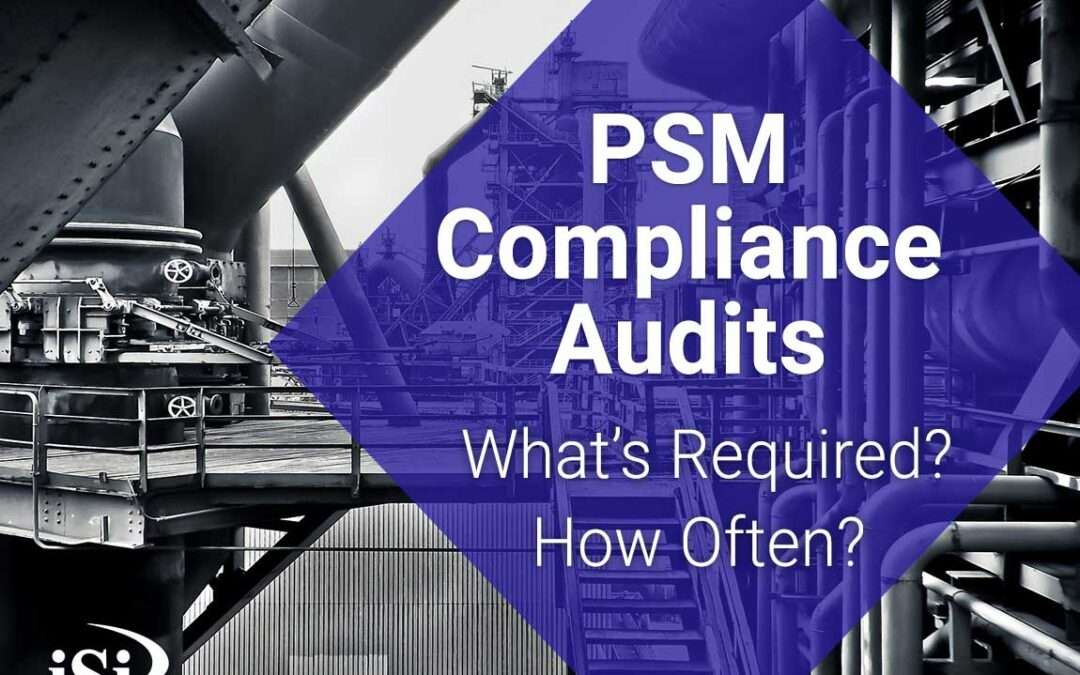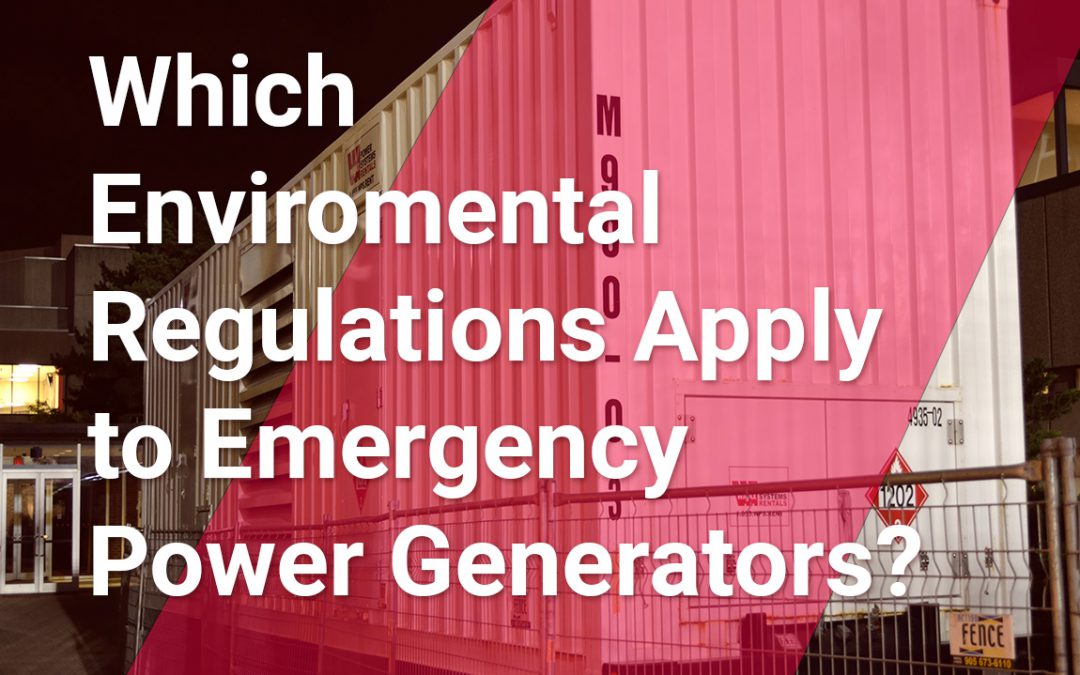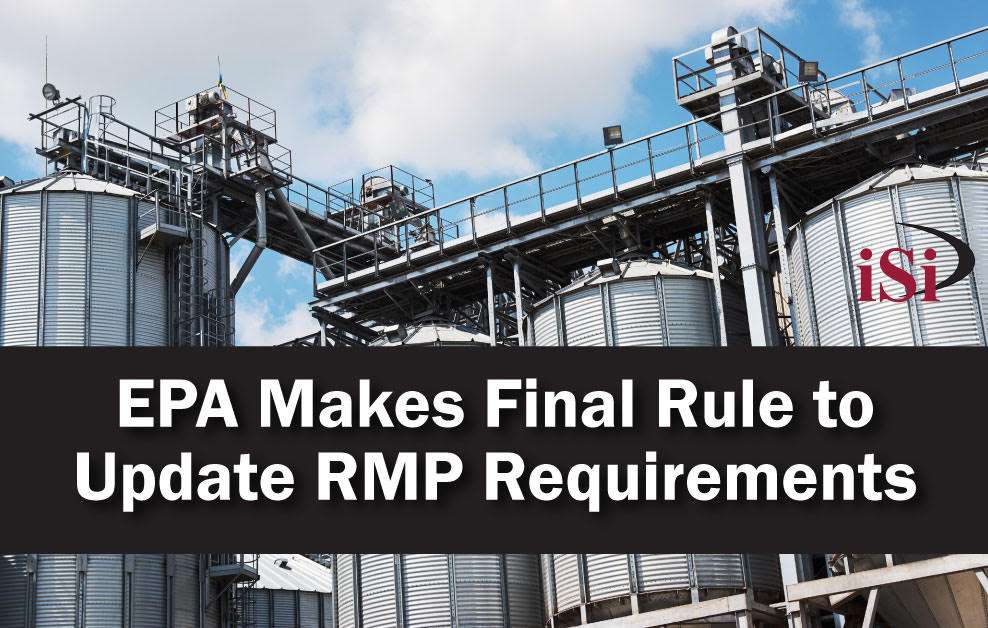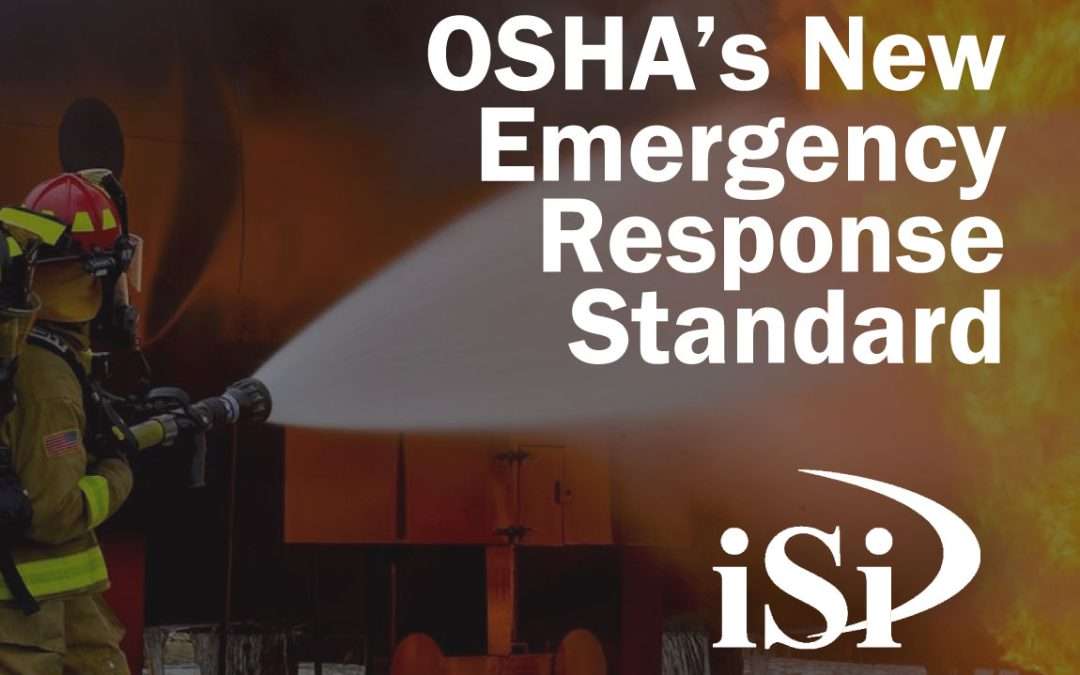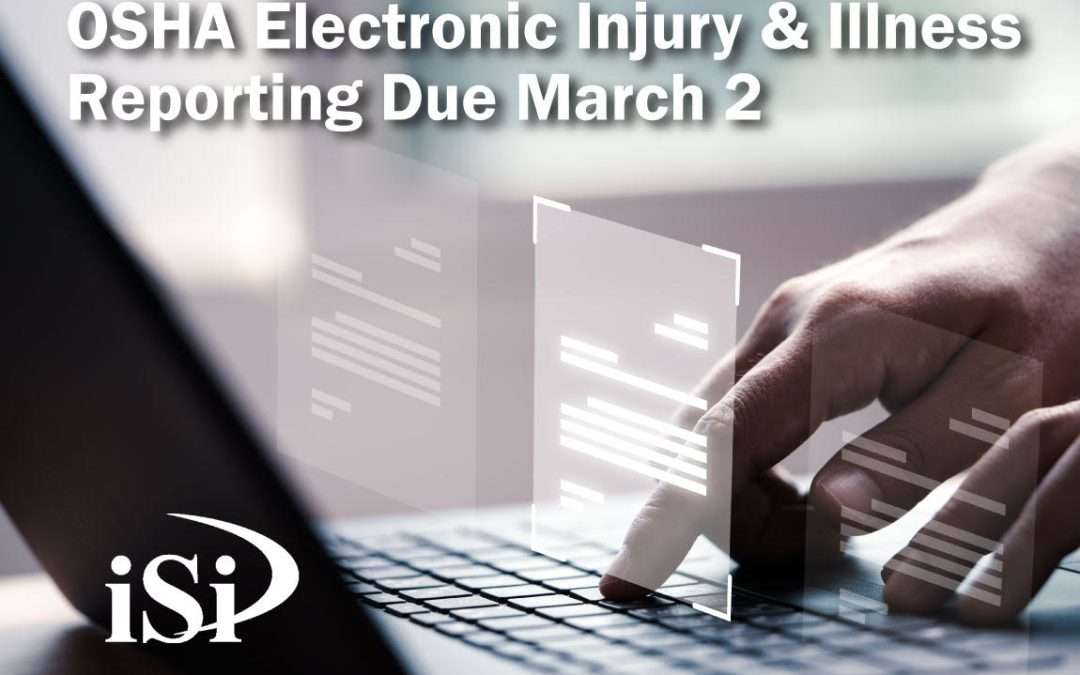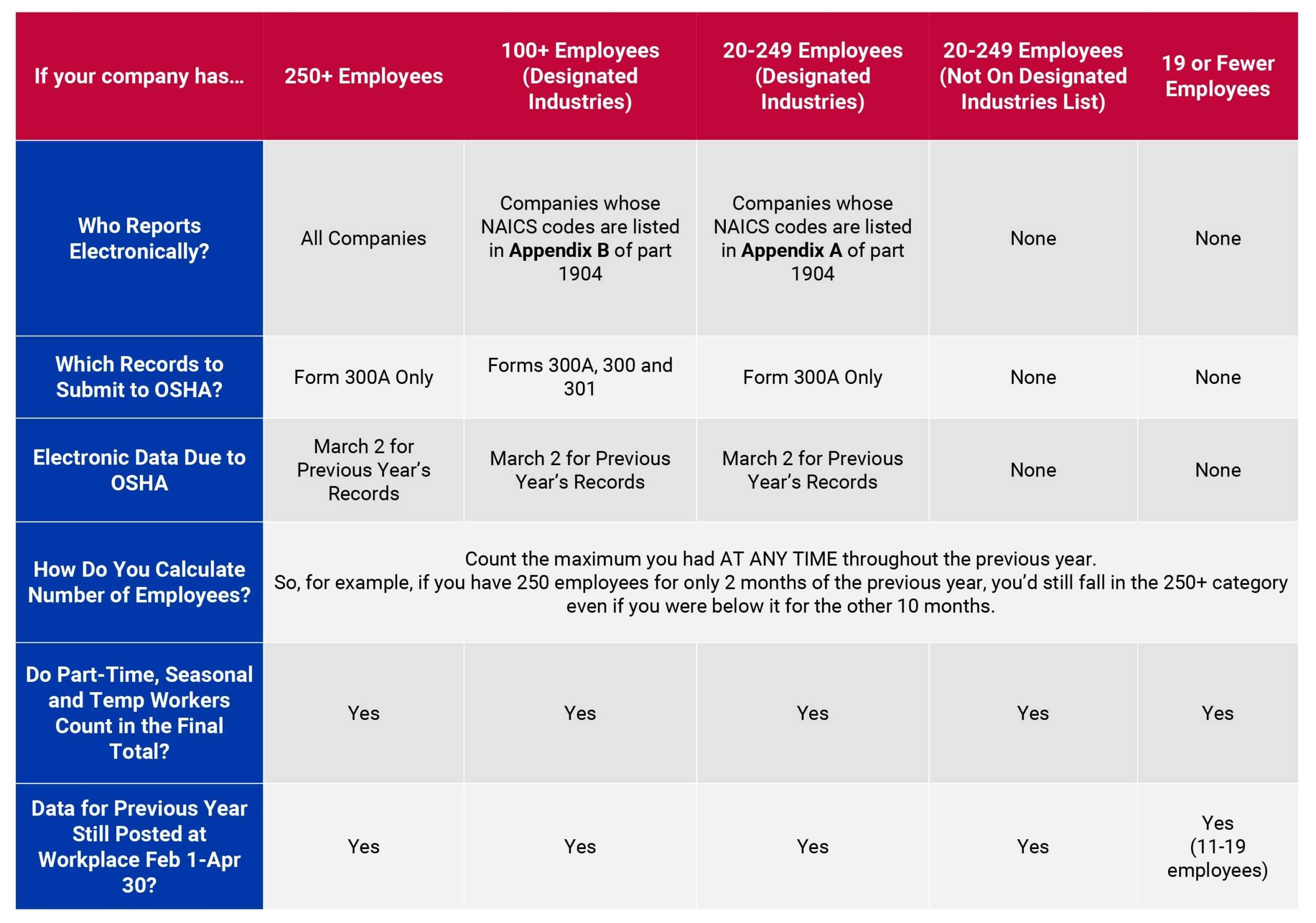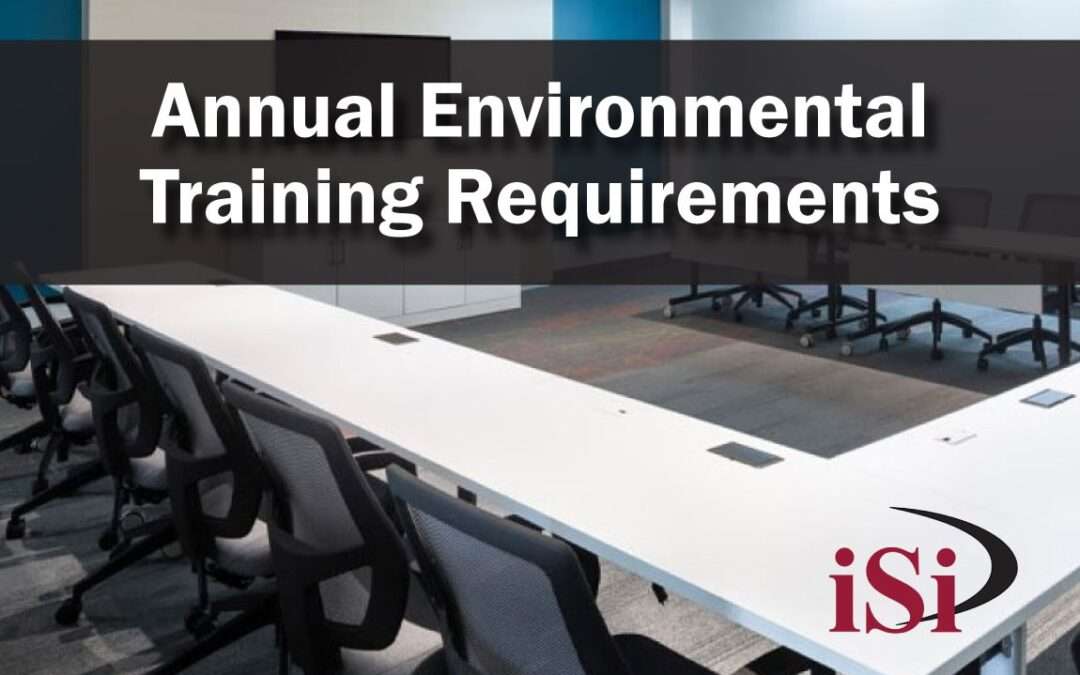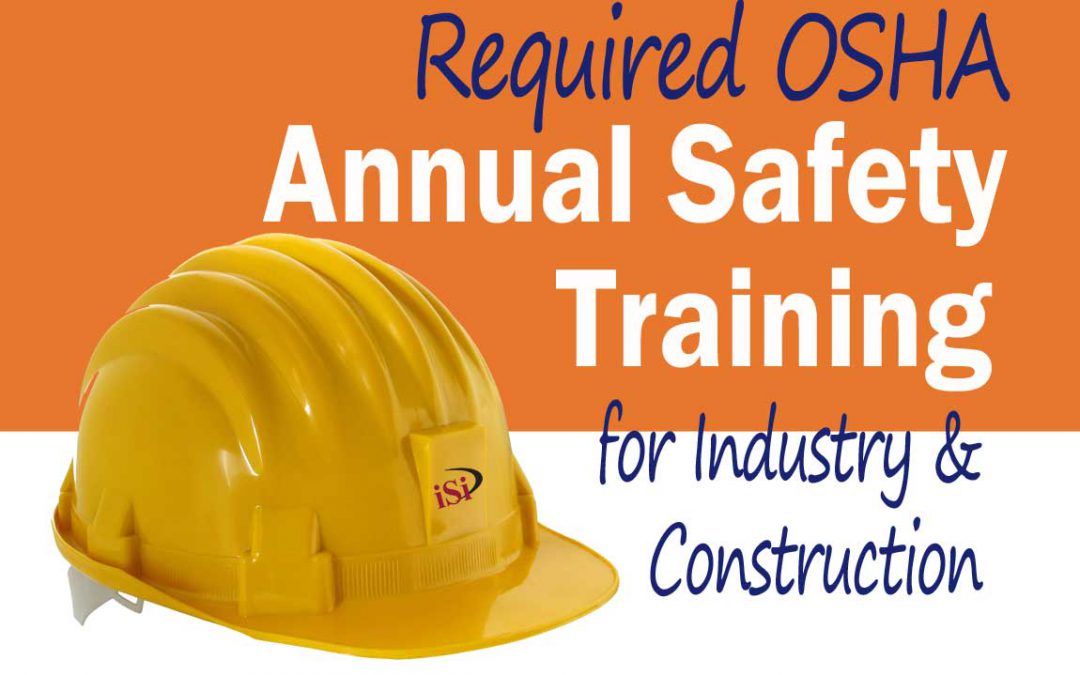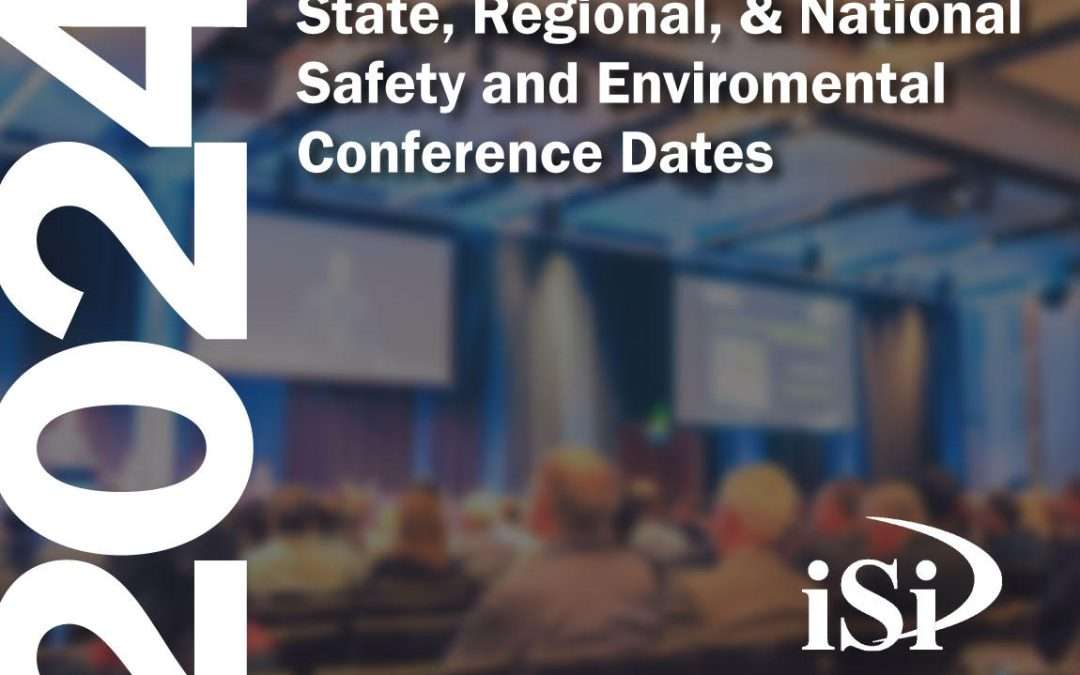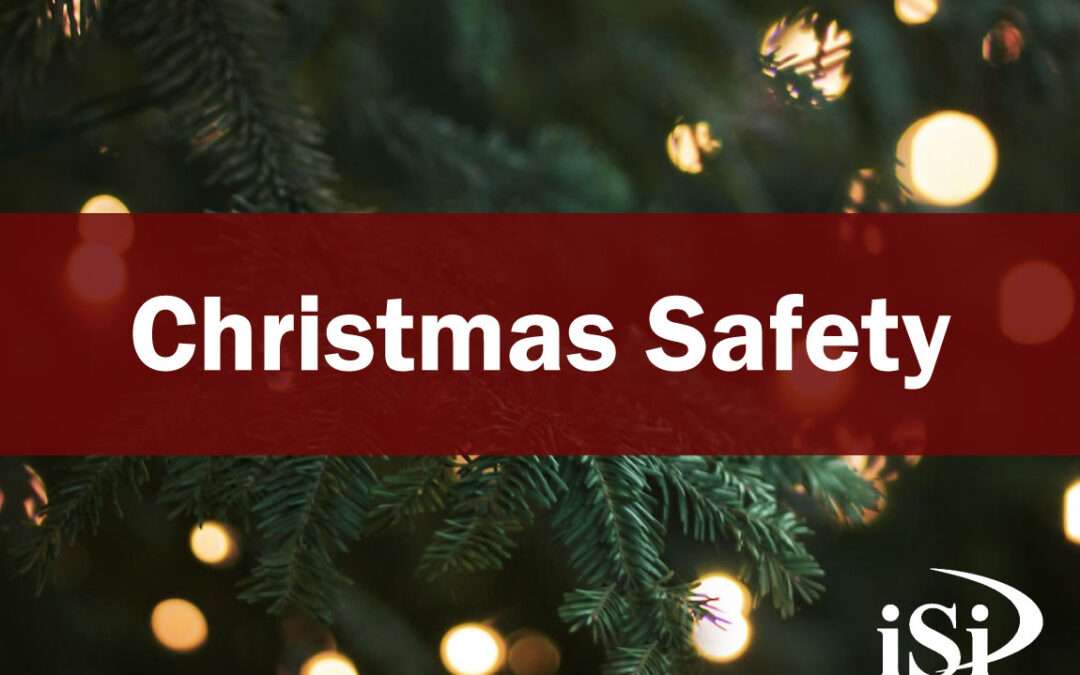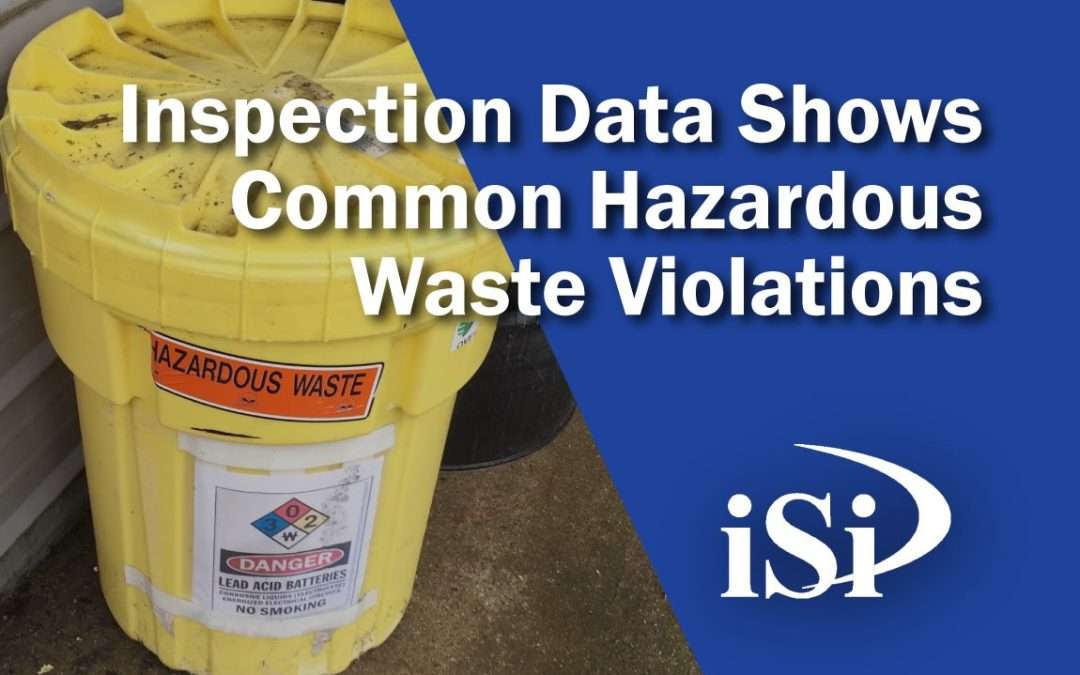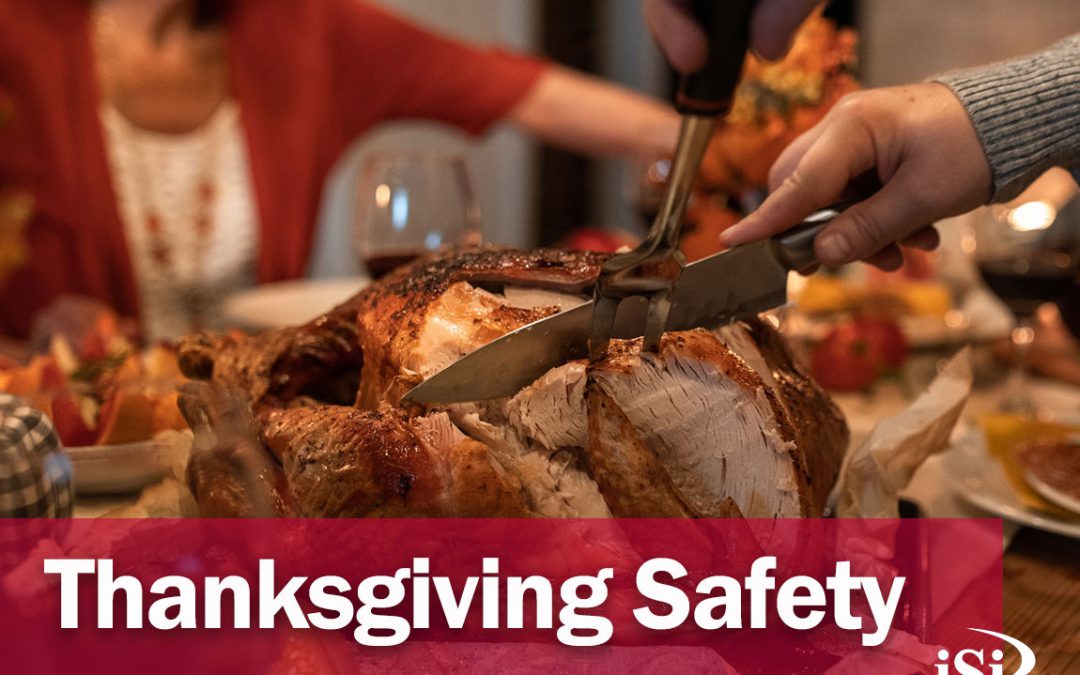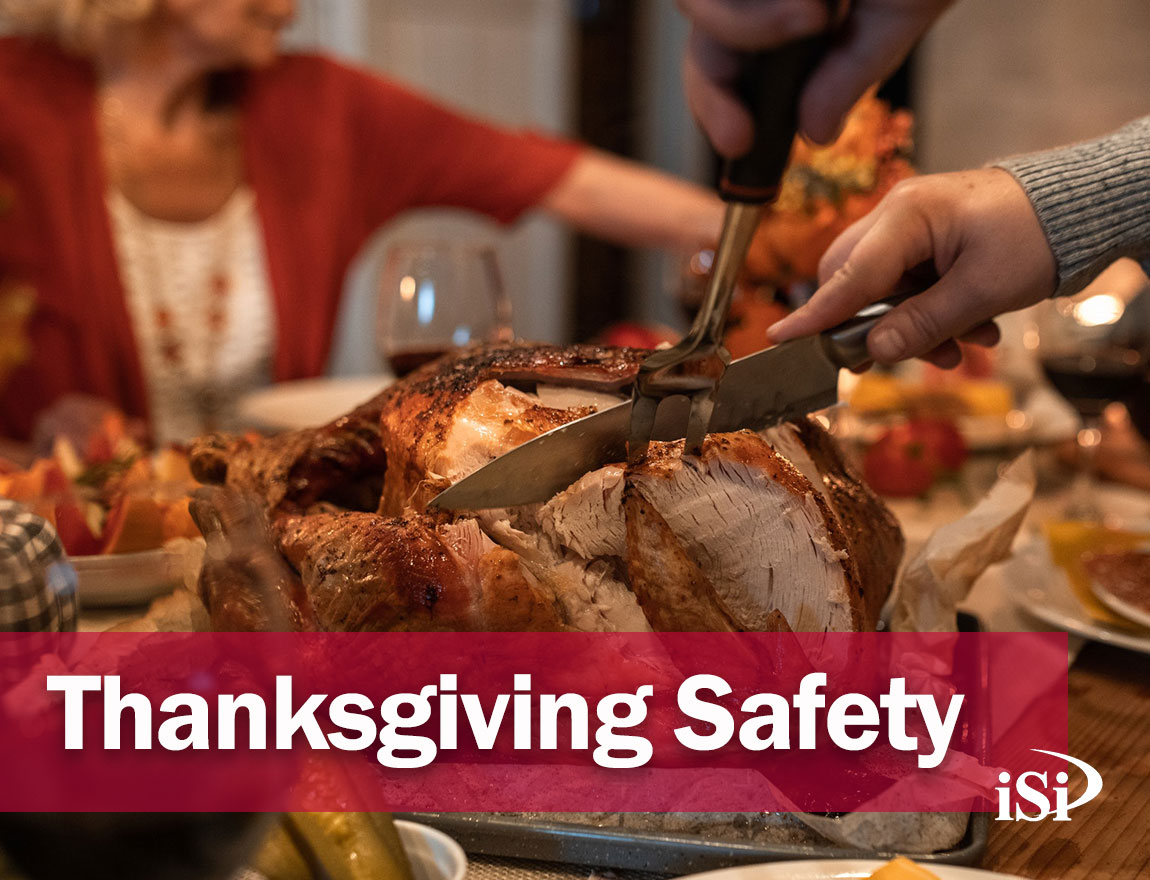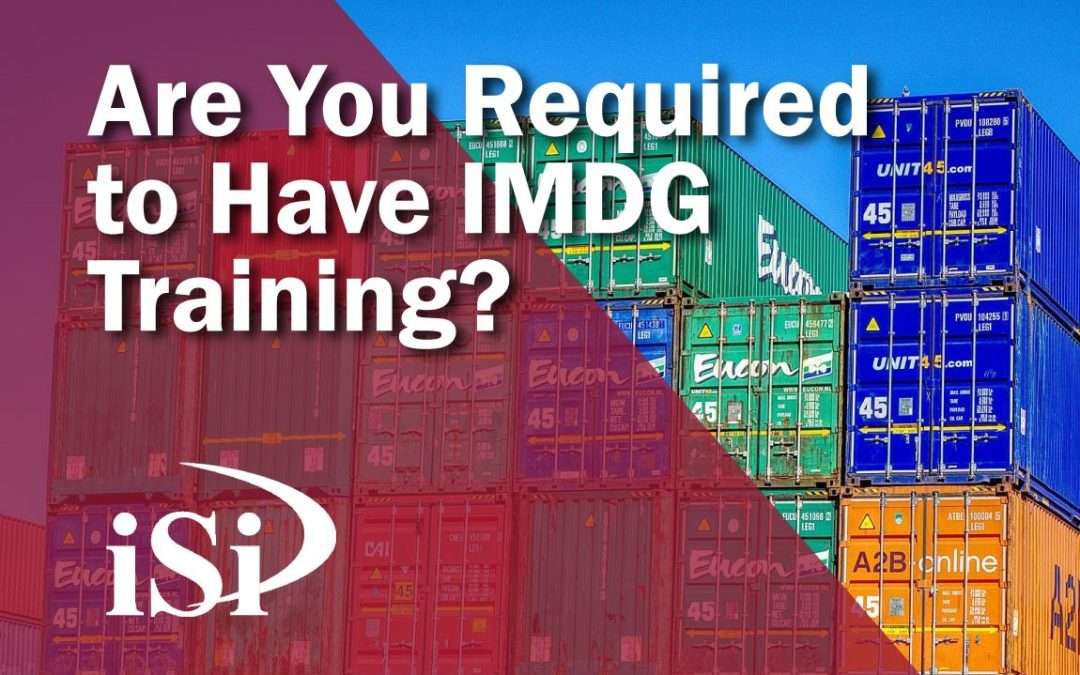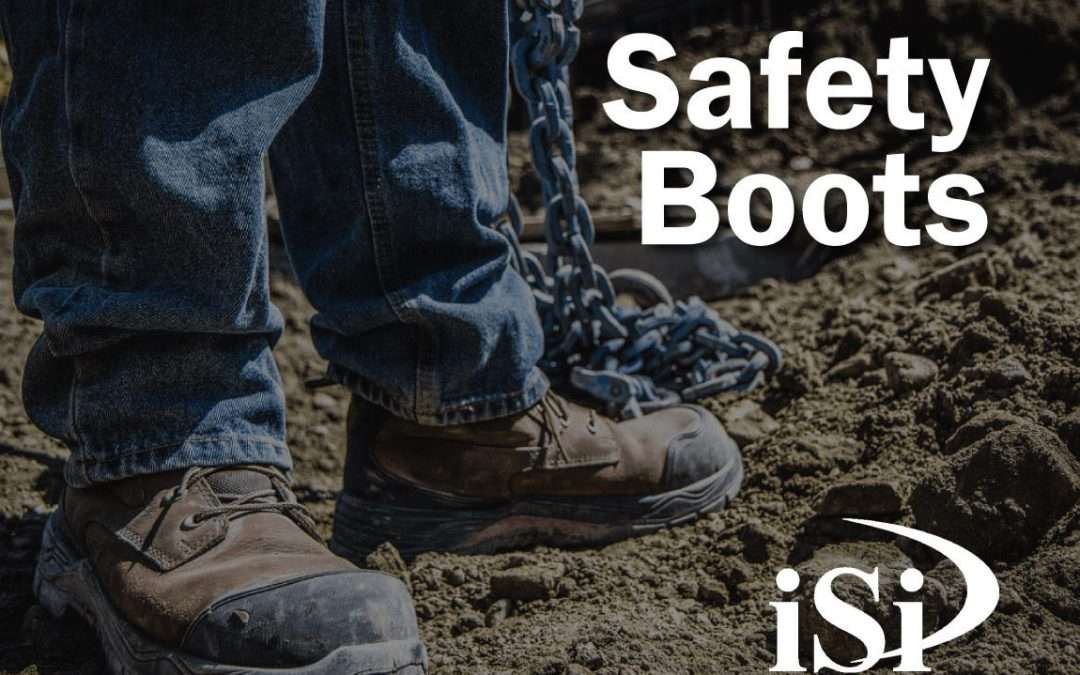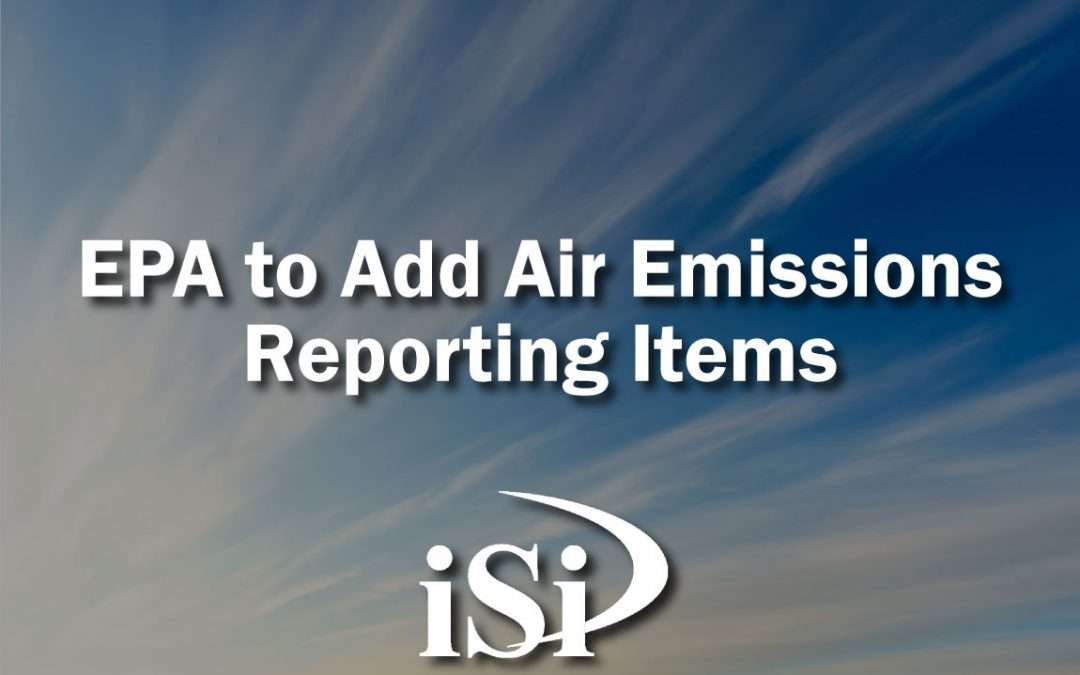In January, OSHA issued a notice of proposed rulemaking to replace the existing general industry Fire Brigade standard at 1910.156 with a new broader standard called “Emergency Response.” Despite the name, the standard will still not be the same as the current HAZWOPER (Hazardous Waste Operations and Emergency Response) standard, but HAZWOPER and other related standards will see still some minor changes and additions as a result of this effort.
The New Standard
The current Fire Brigade standard applies to general industry facilities that have in-house fire brigades, industrial fire departments, and private or contract fire departments. This doesn’t include people trained to put out fires with fire extinguishers or standpipe hose systems, it’s actually for those companies with an in-house firefighting team. The new rule would include those same entities PLUS employers that provide pre-hospital emergency medical services, technical search and rescue services, or have employees that perform emergency services as their primary duties. The new standard still stays more toward fire, rescue and medical-related emergency responses, not the hazardous materials spills that HAZWOPER is related to.
The new standard will divide companies into two groups. One is “Emergency Service Organizations,” or ESOs, and the other is “Workplace Emergency Response Employers,” or WEREs.
Emergency Service Organizations pay employees, entities with volunteers, or entities that have both members and volunteers primarily to do response activities such as firefighting, EMS and technical search and rescue. ESO employees in this function will be called “responders.” The only volunteers covered in this standard are those who get significant pay or other compensation, which OSHA doesn’t believe there are many. Federal OSHA standards do not cover volunteers, but some state plans do. If you are in an OSHA state plan state, check your state’s requirements regarding volunteers.
The other group, Workplace Emergency Response Employers, are companies where the employees have other primary jobs at the site and do emergency responses infrequently. The responses still involve firefighting, emergency medical services, and/or technical search and rescue. Individuals in WEREs will be called “team members” and the group of team members will collectively be called “Workplace Emergency Response Teams.”
The point of this new standard is to bring in more up-to-date consensus standards from the National Fire Protection Association (NFPA) and to align better with the Federal Emergency Management Agency (FEMA) and its National Incident Management System (NIMS) processes. The Fire Brigades standard was written in 1980 with no significant changes, and thus is quite outdated. The new standard is also aimed to move related items from other standards and get them into one place.
There will be a number of requirements for ESOs and WEREs including written Emergency Response Plans, Facility Vulnerability Assessments, and Pre-Incident Plans. Vulnerability assessments will analyze each area of the facility to determine which areas need pre-incident plans and if the equipment, firefighting capability and PPE is sufficient to handle a potential incident there. Additional medical and physical requirements, training, equipment and PPE, post-incident analysis, and incident management system development directions will be detailed. The standard will not apply to cleanups or the aftermath of an incident, just the emergency portion.
Other Standards Affected
OSHA realizes that emergency response information is scattered throughout different parts of 1910 that need to be consolidated, and while they’re addressing emergency response, there are a number of NFPA and ANSI standards that are newer and relevant that also need to be included. As a result, OSHA is proposing to make these additional standard changes:
1910.6 Incorporation by Reference
A number of newer ANSI and NFPA standards related to emergency response, fire, medical services response, and PPE will be added.
1910.120 HAZWOPER, including Subpart H Hazardous Materials
OSHA wants to add an Appendix D to include references to new consensus standards for personal protective equipment. The specific NFPA standard referenced is NFPA 1990 – Standard for Protective Ensembles for Hazardous Materials and CBRN Operations [2022 ed]. These are standards for chemical protective suits.
Changes in standard text will include:
(q)(3)(iii) Based on the hazardous substances and/or conditions present, the individual in charge of the ICS shall implement appropriate emergency operations, and ensure that the personal protective equipment worn is appropriate for the hazards to be encountered. However, personal protective equipment shall meet, at a minimum, the criteria contained in § 1910.156(k) when worn while performing firefighting operations beyond the incipient stage for any incident.
(r) Appendices to this subpart—Hazardous Waste Operations and Emergency Response. Appendices A through E to this subpart serve as non-mandatory guidelines to assist employees and employers in complying with the appropriate requirements of this section. However, paragraph (g) of this section makes mandatory in certain circumstances the use of Level A and Level B PPE protection set forth in the appendices.
Changes to Appendix B of Subpart H will read:
-
Level D
—Level D protection should be used when:
- The atmosphere contains no known hazard; and
- Work functions preclude splashes, immersion, or the potential for unexpected inhalation of or contact with hazardous levels of any chemicals.
Note:
As stated before, combinations of personal protective equipment other than those described for Levels A, B, C, and D protection may be more appropriate and may be used to provide the proper level of protection.
As an aid in selecting suitable chemical protective clothing, it should be noted that the NFPA has developed standards on chemical protective clothing. The standards that have been adopted include:
NFPA 1990, Standard on Protective Ensembles for Hazardous Materials and CBRN Operations, [2022 ed]. (as incorporated by reference, see § 1910.6).
This standard applies documentation and performance requirements to the manufacture of chemical protective suits. Chemical protective suits meeting these requirements are labelled as compliant with the appropriate standard. It is recommended that chemical protective suits that meet these standards be used.
1910.134 Respiratory Protection, including and Subpart I Personal Protective Equipment
OSHA will be removing the definition of Interior Structural Firefighting out of the respiratory protection standard and will be moving it to the new 1910.156.
1910.155 Subpart L, Fire Protection – Scope, application and definitions
A number of definitions will be removed from this section, while others will be added.
1910.157 Portable Fire Extinguishers
There currently is no mention of the Class K fire extinguisher, so revisions and additions will include:
(c)(3) The employer shall not provide or make available in the workplace portable fire extinguishers using carbon tetrachloride, chlorobromomethane, or methyl bromide extinguishing agents.
(d)(7) The employer shall distribute portable fire extinguishers of Class K extinguishing agent for use by employees so that the travel distance from the Class K hazard area to any extinguisher is 30 feet (9.15 m) or less.
1910.158 Standpipe and Hose Systems
Facilities will be required to have fire hose connections/adapters that are compatible with your local fire department or the WERE that’s pumping water into the emergency.
(c)(2)(iii) The employer shall ensure that standpipe system inlet connections and fittings are compatible with, or adapters are provided for, the fire hose couplings used by the fire department(s) or Workplace Emergency Response Team(s) that pump water into the standpipe system through the connections or fittings.
1910.159 Automatic Sprinkler Systems
Compatible adapters and equipment will be required here as well.
(c)(12) Inlet connections. The employer shall ensure that sprinkler system inlet connections and fittings are compatible with, or adapters are provided for, the fire hose couplings used by the fire department(s) or Workplace Emergency Response Team(s) that pump water into the sprinkler system through the connections or fittings.
The Regulation and Public Comment Period
You can read more about this new standard here. Comments are being solicited until May 6, 2024. Additional stakeholder meetings may also be held upon request. iSi will keep an eye on this standard’s progress.
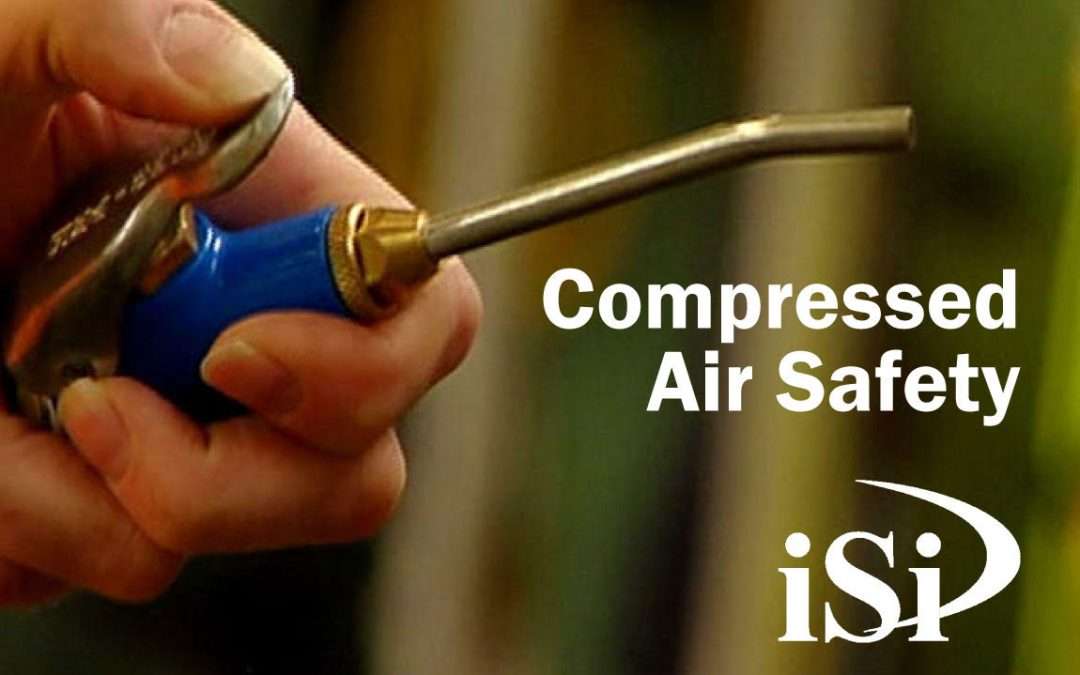

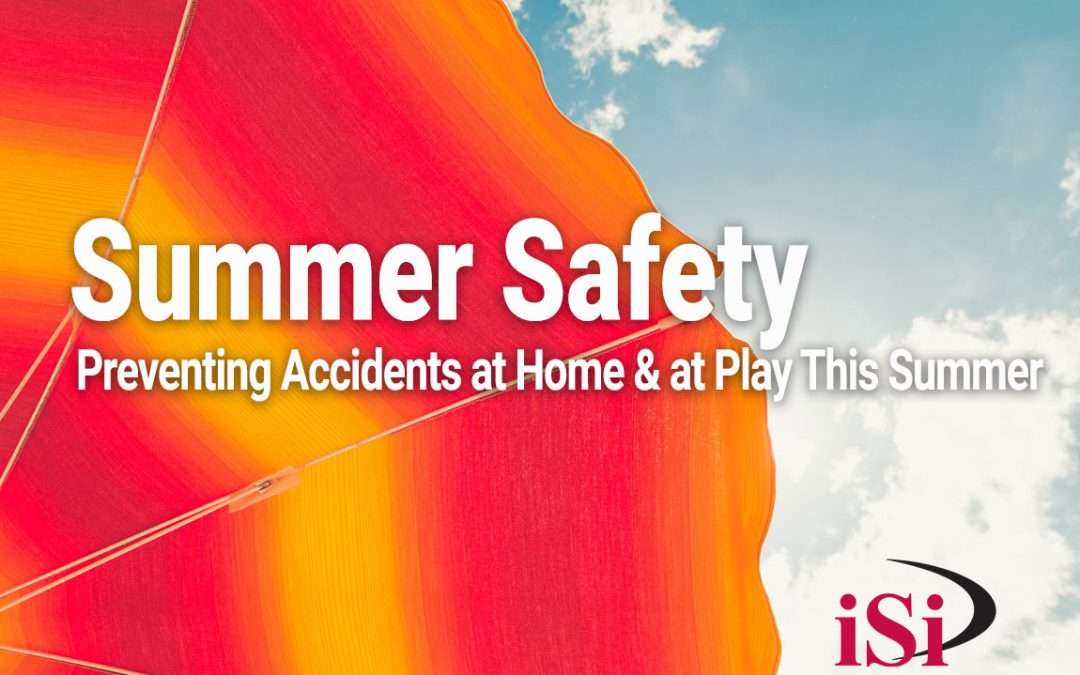
 Grill outside, away from structures. Make sure your grill is stable on a flat surface so that it can’t be tipped over. Keep the grill clean and wait for it to cool before you clean it. Check for propane leaks on your gas grill, and if you’re using charcoal, wait for the coals to completely cool before you dispose of them. Always dispose coals into a metal container. If the flame goes out on your grill, turn off the grill AND turn off the gas, then wait 5 min. before relighting. If you use a charcoal grill, only use charcoal starter fluid. If the fire starts to go out, don’t add any starter fluid or any other flammable liquids to the fire.
Grill outside, away from structures. Make sure your grill is stable on a flat surface so that it can’t be tipped over. Keep the grill clean and wait for it to cool before you clean it. Check for propane leaks on your gas grill, and if you’re using charcoal, wait for the coals to completely cool before you dispose of them. Always dispose coals into a metal container. If the flame goes out on your grill, turn off the grill AND turn off the gas, then wait 5 min. before relighting. If you use a charcoal grill, only use charcoal starter fluid. If the fire starts to go out, don’t add any starter fluid or any other flammable liquids to the fire. For walk-behind mowers, rotary blades underneath the mower can rotate at 200 mph. Keep your hands and feet away from the blade area when it’s running. Never remove installed safety guards such as directional flaps or shielded discharge outlets or bypass safety shut down devices such as clutch handles or switches that stop the blade as soon as you let go. Mow back and forth along the side of a steep hill, never up and down the slope.
For walk-behind mowers, rotary blades underneath the mower can rotate at 200 mph. Keep your hands and feet away from the blade area when it’s running. Never remove installed safety guards such as directional flaps or shielded discharge outlets or bypass safety shut down devices such as clutch handles or switches that stop the blade as soon as you let go. Mow back and forth along the side of a steep hill, never up and down the slope.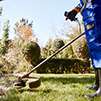 to cool. Keep people and pets at least 60 ft. away and stop if you’re approached. Use both hands when operating.
to cool. Keep people and pets at least 60 ft. away and stop if you’re approached. Use both hands when operating. Get familiar with the difference between these plants and how to spot them. Remember, leaves of three, let them be! For rashes use a cold compress, calamine lotion, non-prescription hydrocortisone cream, or an antihistamine to ease itching. You can also use other non-traditional treatments such as wrap dipped in apple cider vinegar. Call your doctor if the rash is near your eyes or covers a large part of your body.
Get familiar with the difference between these plants and how to spot them. Remember, leaves of three, let them be! For rashes use a cold compress, calamine lotion, non-prescription hydrocortisone cream, or an antihistamine to ease itching. You can also use other non-traditional treatments such as wrap dipped in apple cider vinegar. Call your doctor if the rash is near your eyes or covers a large part of your body. Never swim alone, and always supervise children. Open water prevents a number of different hazards that pools don’t. These include limited visibility, depth changes, uneven surfaces, unknown objects that can be stepped on, and currents and undertow. Enter the water feet first to prevent head injury. This includes using water slides. Never dive into water that’s less than 8 ft. deep. Be on the lookout for maintenance issues around the swim area. Be alert of wet floors, sharp edges, broken glass, exposed bolts, broken ladders, broken railings and clear markings of water depth. If you find yourself struggling or accidentally fall in, float to live. Try not to panic as calmness will save you. Lean back and use your arms and legs to keep you afloat with gentle movements. Once you’re calm your breathing is controlled, then call for help or swim to safety. Don’t let your dog swim without supervision. While many dogs know how to swim, some can easily tire out.
Never swim alone, and always supervise children. Open water prevents a number of different hazards that pools don’t. These include limited visibility, depth changes, uneven surfaces, unknown objects that can be stepped on, and currents and undertow. Enter the water feet first to prevent head injury. This includes using water slides. Never dive into water that’s less than 8 ft. deep. Be on the lookout for maintenance issues around the swim area. Be alert of wet floors, sharp edges, broken glass, exposed bolts, broken ladders, broken railings and clear markings of water depth. If you find yourself struggling or accidentally fall in, float to live. Try not to panic as calmness will save you. Lean back and use your arms and legs to keep you afloat with gentle movements. Once you’re calm your breathing is controlled, then call for help or swim to safety. Don’t let your dog swim without supervision. While many dogs know how to swim, some can easily tire out. g and damage your vehicle’s suspension. Check the hitch for the maximum trailer and maximum tongue weights it can safely support. Make sure you have the proper hitch ball for the trailer. Incorrectly sized hitch balls are the #1 cause of trailer accidents. When hauling loads, 60% of the load on the trailer should be placed on the front half of the trailer, with a tongue weight of 10-15% of the total weight that’s loaded on the trailer. Ensure weight is evenly distributed on the left and right sides of the trailer. Straps are critical — broken or cheap straps can fail fast. Use ratchet straps for anything heavier than an average person and use more than one strap in case one comes loose. The working load of the strap should be more than the weight of what you’re hauling. Check your tires on both the vehicle and the trailer and make sure your lights work before you leave. Take spare bulbs and fuses with you. Check your brakes and make sure the breakaway cable is properly attached to your tow vehicle. Carry spare parts such as at least one trailer spare tire as well as extra wheel bearings and hubs.
g and damage your vehicle’s suspension. Check the hitch for the maximum trailer and maximum tongue weights it can safely support. Make sure you have the proper hitch ball for the trailer. Incorrectly sized hitch balls are the #1 cause of trailer accidents. When hauling loads, 60% of the load on the trailer should be placed on the front half of the trailer, with a tongue weight of 10-15% of the total weight that’s loaded on the trailer. Ensure weight is evenly distributed on the left and right sides of the trailer. Straps are critical — broken or cheap straps can fail fast. Use ratchet straps for anything heavier than an average person and use more than one strap in case one comes loose. The working load of the strap should be more than the weight of what you’re hauling. Check your tires on both the vehicle and the trailer and make sure your lights work before you leave. Take spare bulbs and fuses with you. Check your brakes and make sure the breakaway cable is properly attached to your tow vehicle. Carry spare parts such as at least one trailer spare tire as well as extra wheel bearings and hubs. signaling devices, emergency supplies and a first aid kit. Think about your footing and be alert to slippery areas. Watch for low hanging branches and take extra caution near cliffs, outcroppings, hills, and water edges. No matter how clear a stream looks, it’s likely to contain waterborne parasites & microorganisms, so pack your own water. Make sure your fires are always attended, cannot be spread laterally or vertically (used a grill or stone surface) and drown it with water to put it out. Embers buried deep in the pile can reignite later. Be cautious when using a propane stove. Tents should be flame retardant and far enough away from the campfire. Wear sunscreen, hats, sunglasses and drink plenty of water. Pack carbohydrate-energy bars, granola candy or fruit for instant energy on your hikes.
signaling devices, emergency supplies and a first aid kit. Think about your footing and be alert to slippery areas. Watch for low hanging branches and take extra caution near cliffs, outcroppings, hills, and water edges. No matter how clear a stream looks, it’s likely to contain waterborne parasites & microorganisms, so pack your own water. Make sure your fires are always attended, cannot be spread laterally or vertically (used a grill or stone surface) and drown it with water to put it out. Embers buried deep in the pile can reignite later. Be cautious when using a propane stove. Tents should be flame retardant and far enough away from the campfire. Wear sunscreen, hats, sunglasses and drink plenty of water. Pack carbohydrate-energy bars, granola candy or fruit for instant energy on your hikes.